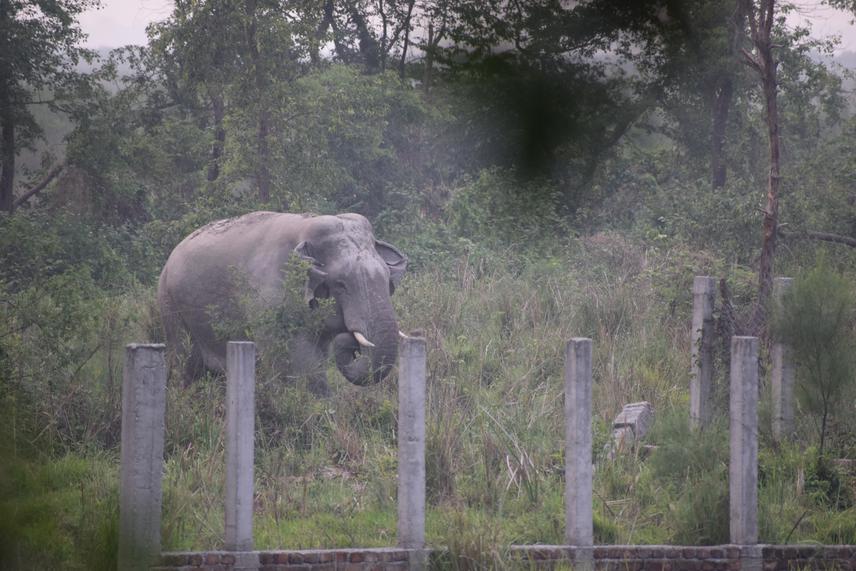Article featuring the project.
Ashok Kumar Ram
Other projects
19 Aug 2013
Geospatial Modelling to Assess Asian Elephant (Elephas maximus) Habitat Suitability, Migratory Routes and Human Elephant Interface in Eastern Nepal
22 Nov 2016
Geospatial Habitat Suitability, Migratory Pattern of Asian Elephant (Elephus maximus) and its Coexistence in Central Nepal
1 Oct 2019
Landscape Level Modelling of Asian Elephant (Elephas maximus) Habitat, Home Range and Human Elephant Interactions in Terai Arc Landscape (TAL) Nepal
The Asian elephant is a mega-herbivore, characterized as an “Endangered” species (IUCN 2008), CITES Appendix I species (CITES, 1973) and a protected species in Nepal (NPWC Act 1973). 200-227 (resident) and 130-145 (migratory) Asian elephants are distributed in two isolated populations of Nepal (Ram and Acharya 2020 and Ram et al 2021).

Asian elephants were migrating through the foothills of Siwaliks (Velde 199) for acquiring the foods, mates and explored their ancestry routes where they interacted with local people has resulted in severe conflict incidents with a human fatality, crop, property damage and retaliatory killings of elephants and diminish the socio-economic wellbeing of the local peoples (Baruwa et al. 2012). Our previous studies have also contributed on exploring habitat suitability and habitat fragmentation status, conducting awareness raising activities through “Save the Elephant” radio program, mobilizing community based RRTs for chasing elephants from the settlements to reduce the human attacks and other damages. This study is also a continuation of the previous studies. We have focused to fulfil the gap identified by our studies and this study is proposed.
Forest loss and fragmentation have increased the patch size and reduces the core forest, which have ultimately triggered the human elephant conflict (HEC) in the CTML. Not only HEC is increased, elephant population is also increased in this landscape causing continuous interactions with subsistence farmers who were residing in the forest proximity. ~70% human attacks were recorded within the 500 meter of the forest edge and >60% human deaths were happened outside the protected areas. Therefore, this study will continue the previous RSG work at the community level.
This project aims to conduct community-based elephant conservation program by mobilizing the RRT for strengthening human elephant coexistence (HECx) in Nepal and conducting a community outreach program at HEC hotspots to educate villagers and conservation stakeholders to minimize the human casualties and elephant retaliation. The other aim is to analyse elephant habitat connectivity in the Chure Terai Madhesh Landscape (CTML) using Google engine and ArcGiS10.6. This project will be commenced between April2022 to March 2023.